About Korean Wordnet 「alias. KorLex」
With the goal of reproducing a human’s knowledge of the English vocabulary, work began on Wordnet (PWN) in the mid-1980s, and continued for some two decades. The two fields that have paid the most attention to what PWN’s possibilities are Natural Language Processing and cognitive science. The reason being that in order to acquire the necessary information to use human language naturally for both Computer-mediated Communication and Human-Computer Interaction, processing of both meaning and knowledge is required. The clue to solve that problem lies in the lexicon, which contains the essence of language use. Since that time, wordnets have been created following PWN’s model for roughly fifty languages all around the world. These have not only been created simply to offer a way to process those languages, but after the Semantic Web, various other uses have been gaining attention. This page is here to introduce the Korean wordnet, which has been in the works following the PWN tradition since 2004. At present, KorLex is comprised of nouns, verbs, adjectives, adverbs and classifiers totally 130,000 SynSets, and 150,000 meanings.





